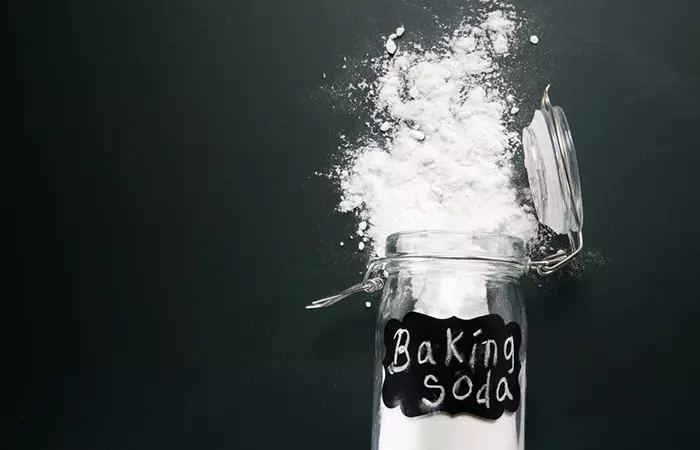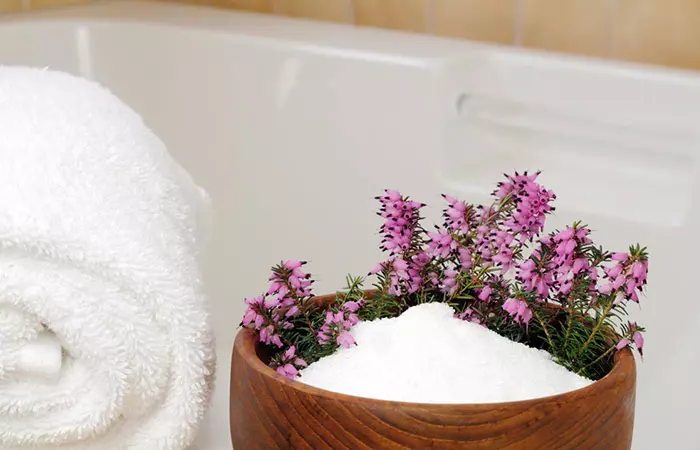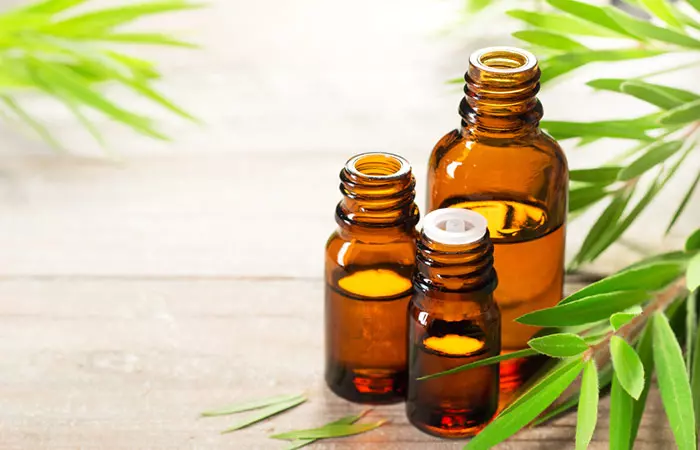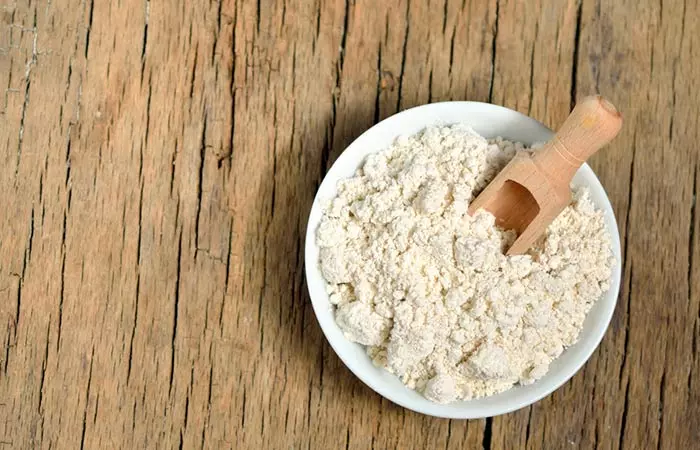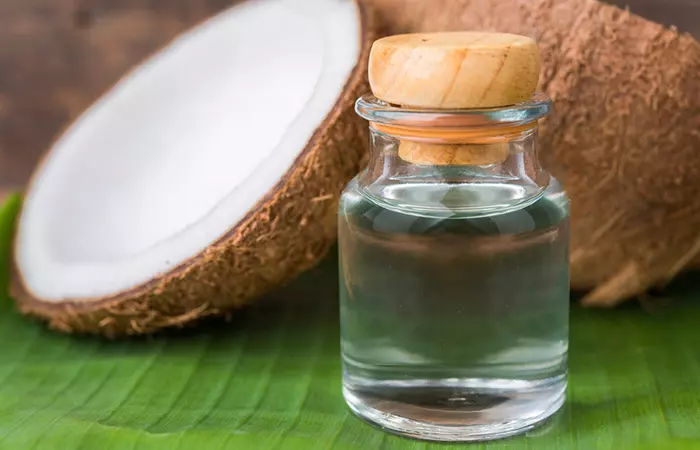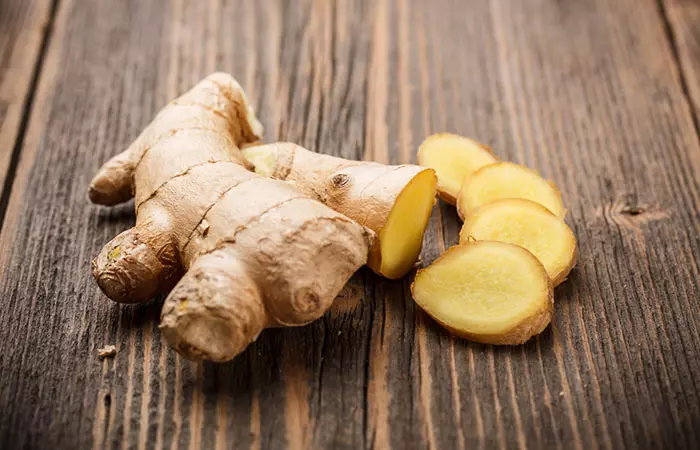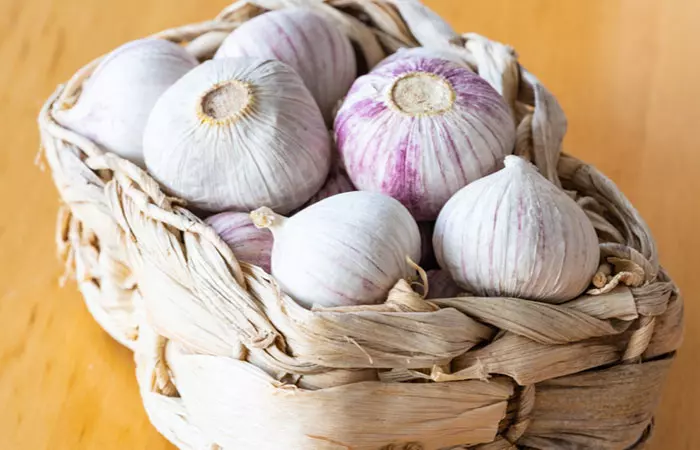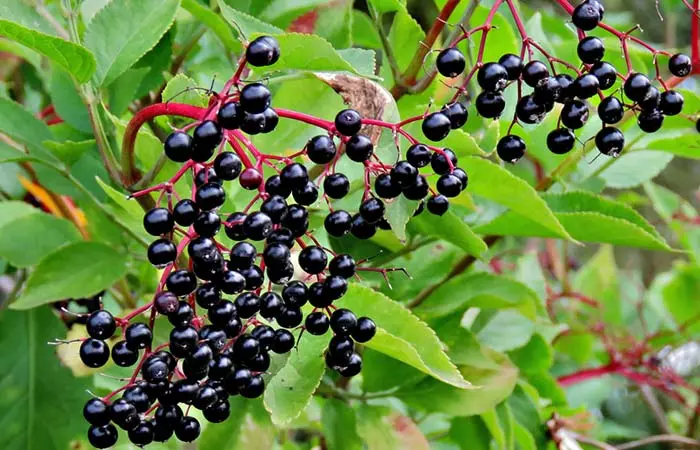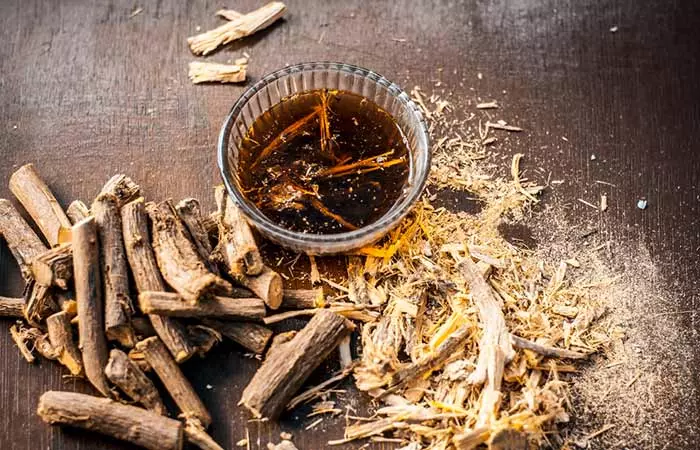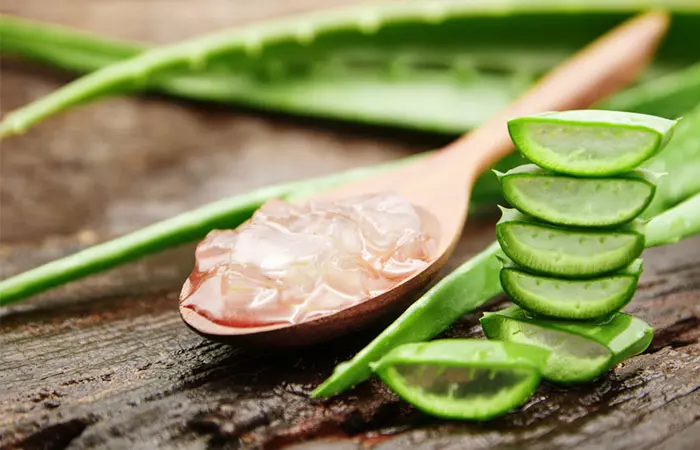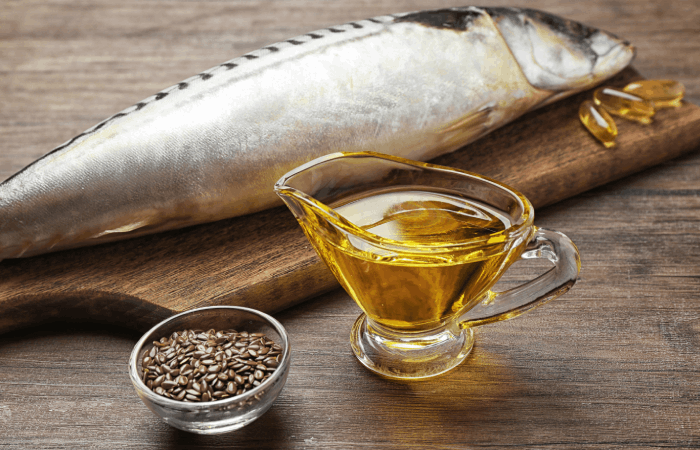What Is Hand-Foot-And-Mouth Disease?
Hand-foot-and-mouth disease (HFMD) is a mild but contagious infection quite common in children. Its main cause is coxsackievirus. It is characterized by mouth sores and rashes on the hands and feet. Hand-foot-and-mouth disease is the most infectious in the first seven days. The virus often stays in the body for weeks and can easily spread to others.
How Can You Get Hand-Foot-And-Mouth Disease? How Does It Spread?
The viral infection easily spreads through the spit or feces of the affected children. Even close contact with an affected individual puts other people at a high risk of contracting the disease. Though this disease is said to affect infants the most, it may also affect adults with weakened immune systems. Tiffany Baura, a mom blogger, shared her experience about contracting HFMD, in her personal blog, after her two young children got it. She said, “The thing is, since I was the one taking care of both of them, I lacked sleep and my immune system was down…So, when my children started to get better, I started to feel worse (i).” Wiping the nose of an affected child or changing his/her diapers are other ways the disease can spread. Hence, it is important you wash your hands thoroughly after any contact with patients. Let us now take a quick peek into the cause of this contagious disease.
What Causes Hand-Foot-And-Mouth Disease?
The most common cause of the hand-foot-and-mouth disease is the coxsackievirus A16 virus. This virus belongs to the group of non-polio enterovirusesi Common viruses present in over 100 types that cause infectious illnesses like fever and skin rashes. . In a global study to understand the epidemiology of HFMD, the disease was found to infect children more than adults, with outbreaks primarily in daycares, summer camps, or within the family. In 2021, there was a rapid increase of HFMD cases reported in France with more than 3400 cases, 90% of the cases caused by Enterovirus and the rest by Coxsackievirus A6 and A16. Coxsackie A6 is the dominant cause of HFMD in the United States. This infection most often spreads due to oral ingestion of infected food/water. It also spreads from direct contact with infected:
Nasal or throat discharge Stool Ruptured blisters Saliva Respiratory droplets from a sneeze or cough
What Are The Symptoms Of Hand-Foot-And-Mouth Disease?
The common symptoms associated with hand-foot-and-mouth disease include:
A sore throat Fever Skin rash Appetite loss Irritability (especially in infants and toddlers) Malaise Painful blisters inside the cheeks and on the tongue and gums A red rash with/without blistering that surfaces on the soles, palms, and in some cases, the buttocks
There is no specific treatment for hand-foot-and-mouth disease. The symptoms of this disease usually start easing in 7-10 days. Most treatments are aimed at getting relief from the pain and alleviating symptoms. Tiffany’s 2-year-old daughter exhibited classic symptoms of foot and mouth disease. She noticed that her kid started to develop some red rash around her mouth, which she suspected had occurred because her mouth had not been wiped clean after her meals. The rash resembled chicken pox sores with itchy blisters, and the child complained of a mouth sore that caused discomfort during meals. Varsha Sridhar, a researcher at Magee Women’s Research Institute, recounted her struggle with HFMD in an essay published in Family Medicine. She mentioned feeling discomfort in her throat while swallowing and a vague feeling of nausea. She added, “I woke up the next day, feeling weak and exhausted, and also bewildered about the incessant itching on my palms (ii).”
12 Simple Remedies For Hand-Foot-And-Mouth Disease
1. Coconut Oil
1-2 tablespoons of virgin coconut oil Cotton balls
You may do this once daily for best results. Coconut oil possesses both anti-inflammatory and analgesic properties (4). These may help treat the blisters and rashes.
2. Baking Soda Bath
½ cup of baking soda Water
You may do this once daily. While there is no study to prove this claim, anecdotal evidence suggests that baking soda is anti-inflammatory and can alleviate the symptoms of itching and inflammation.
3. Epsom Salt Bath
1 cup of Epsom salt Water
You may do this once daily or every alternate day. Epsom salt is also referred to as magnesium sulfate, thanks to its composition. Magnesium inhibits inflammation by decreasing the production of inflammatory cytokinesi Small proteins which, in the right amounts, can control the activity and growth of immune system cells and blood cells. in the body (5). Hence, it could be helpful in soothing the associated blisters and rashes.
4. Essential Oils
a. Lavender Oil
4-5 drops of lavender oil You may do this once daily for best results. Lavender oil is analgesic and anti-inflammatory and can possibly help relieve the painful rashes and blisters (6).
b. Tea Tree Oil
4-5 drops of tea tree oil You may use the tea tree oil infused hand wash multiple times daily if you are at risk of developing hand-foot-and-mouth disease. Tea tree oil is antimicrobial and can be used to disinfect and sanitize your hands/body from the harmful disease-causing germs (7). Do not use this remedy on babies or pregnant women.
5. Oatmeal Bath
1 cup of oatmeal Water
You can do this 1-2 times daily to alleviate the discomfort. Oatmeal is quite popular in dermatology, owing to its impressive anti-inflammatory properties. These can help soothe the inflammation that accompanies hand-foot-and-mouth disease (8).
6. Oil Pulling With Coconut Oil
1 tablespoon of cold-pressed coconut oil You can do this once daily, preferably every morning. Oil pulling with coconut oil can help alleviate the painful and inflamed blisters inside the mouth. This is due to the anti-inflammatory and analgesic properties of coconut oil (4).
7. Ginger
1 inch of sliced ginger 1 cup of water
You can drink ginger tea twice daily. The antiviral property of ginger can speed up the healing of hand-foot-and-mouth disease (9). Ginger also has pain-relieving and anti-inflammatory properties and can thus help improve the symptoms (10).
8. Garlic
1-2 garlic cloves You may do this once daily. The virucidali A substance with a tendency to destroy or inactivate viruses inside the body and prevent diseases related to them. properties of garlic, combined with its anti-inflammatory properties, may help speed up your recovery from hand-foot-and-mouth disease (11), (12).
9. Elderberry
1 cup of water 2-3 teaspoons of dried elderberry
You may do this 1-2 times daily. Elderberry possesses immunity-boosting and antiviral properties that can ease the symptoms of hand-foot-and-mouth disease (13). Therefore, strengthening the immune system may also accelerate recovery.
10. Licorice Root
1 teaspoon of dried licorice tea 1 cup of water
You may do this 1-2 times daily for optimum benefits. Licorice root is a popular Chinese herb used to treat many illnesses due to its antiviral nature (14). These antiviral properties can also help treat hand-foot-and-mouth disease.
11. Aloe Vera
Freshly extracted aloe gel You may do this twice daily for best results. If you have extremely dry skin, add some moisturizer to aloe gel before application. It may improve skin hydration and may help in faster recovery. Aloe vera gel possesses anti-inflammatory properties that can help in soothing the inflamed rashes and painful blisters associated with hand-foot-and-mouth disease (15).
12. Cod Liver Oil
1 to 2 teaspoons of cod liver oil 1 teaspoon of yogurt
Oral Consumption Topical Application You can consume it once a day or apply it twice a day. The omega-3 fatty acids in cod liver oil may reduce chronic inflammation and ulceration (16). Further, the vitamin A in the oil may accelerate wound healing and may potentially help treat HFMD (17). While the remedies above can help manage symptoms associated with this disease, conventional treatments offer additional relief. Let’s look at some below.
Conventional Treatments For Hand-Foot-And-Mouth Disease
Over-the-counter topical treatments or gels may be applied to mouth sores to help relieve discomfort and protect the affected areas. Use medications that help reduce fever and relieve pain associated with mouth sores and body aches. If symptoms become more severe, such as a high temperature that doesn’t go away, trouble swallowing, dehydration symptoms, or complications develop, get medical attention. Seek medical attention if symptoms worsen or persist longer than a week. Listed below are some tips that may help you in the prevention of this contagious disease.
How To Prevent Hand-Foot-And-Mouth Disease
Wash your hands multiple times a day, especially if you have been handling diapers or bathing an infected child. Do not touch your eyes, mouth, or nose with dirty hands. Avoid close contact with affected individuals. Do not share utensils with infected individuals until they have recovered. Disinfect common areas like toilets regularly. Infected individuals must avoid venturing out until advised by the doctor.
Tiffany expressed the importance of rest during this period. She said, “Let them sleep as often as they can even during the day. We encouraged our 2 kids to keep sleeping and I feel that it has contributed to their faster recovery.” Can coconut water help treat hand, foot, and mouth disease? There is not much evidence to prove that coconut water may help treat hand, foot, and mouth disease. Dr. Laura Purdy, MD, a board-certified family medicine physician, says, “Although it is important to note that hand foot, and mouth is caused by a virus, there’s really no specific treatment. Coconut water in and of itself is very nutritious with lots of vitamins, and it does contain a substance called lauric acid, which is thought to assist in fighting viruses. It would not directly treat the virus, necessarily, and I would not expect that they would get better much faster.” Can lemon essential oil help to treat hand, foot, and mouth disease? According to Dr. Purdy, “There are some schools of thought that believe that lemon essential oil may have some antiviral properties, and it is safer than some other types of oils that could be used on children.” She reiterates, “This is a virus, and it does not have a direct cure. But it will not harm the child to try to use this in the course of their illness while they are recovering.” What ointment is good for hand, foot, and mouth disease? The 1% hydrocortisone ointment (over-the-counter) may help improve this condition. Additionally, home remedies like petroleum jelly or zinc oxide (topical ointments) may help heal the blisters. Can honey help treat hand, foot, and mouth disease? Yes. A mix of honey, finger millet flour, and natural soda ash solution is used to manage hand, food, and mouth disease (18). Should I take my child to the doctor for hand, foot, and mouth disease? Yes, especially if your child’s mouth sores or sore throat prevent them from drinking fluids. Does calamine lotion help with hand, foot, and mouth disease? There is no medication for hand, foot, and mouth disease. Calamine lotion may help relieve irritation. What is the quarantine period for those dealing with hand, foot, and mouth disease? Three to six days is the quarantine period for those dealing with hand, foot, and mouth disease. Can I put Neosporin on hand, foot, and mouth blisters? Yes. You can put antibiotic ointment (Neosporin) in small amounts on hand, foot, and mouth blisters. Hydration is key to treating hand, foot, and mouth disease. Watch this insightful video to learn how to keep your body hydrated and help fight off the virus.


